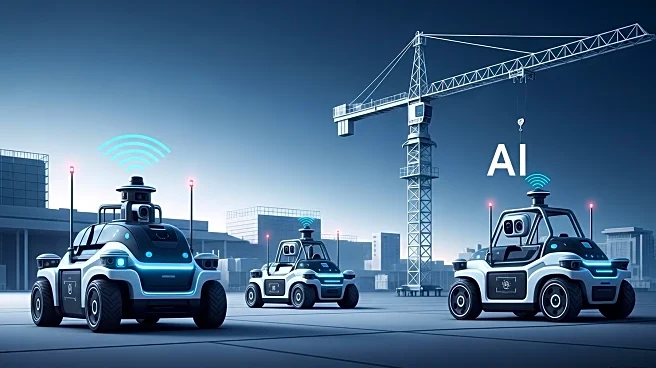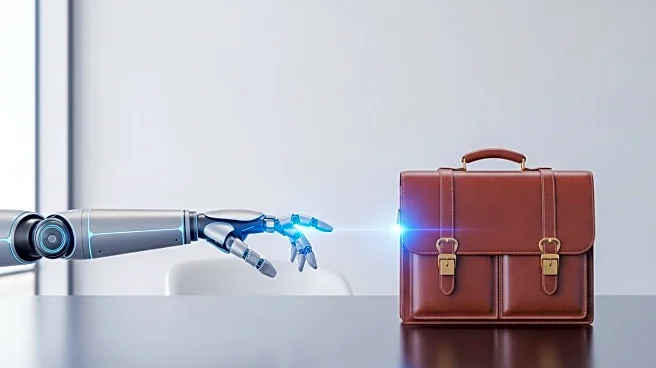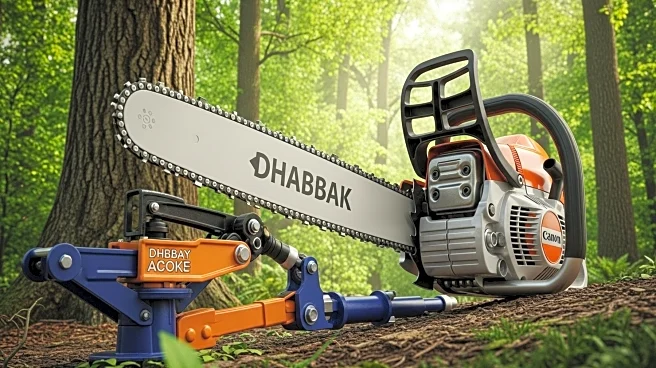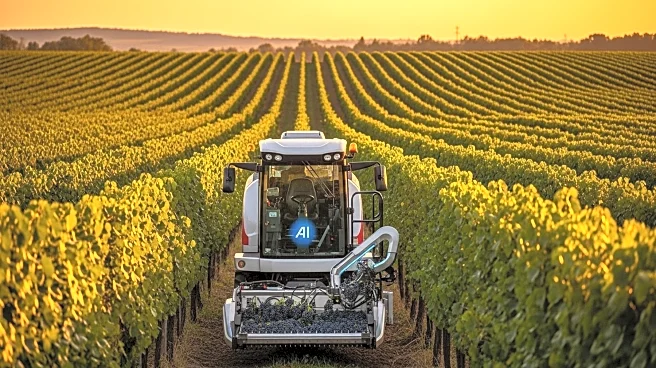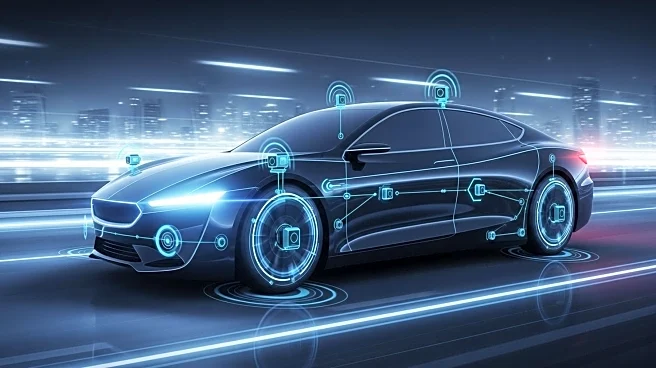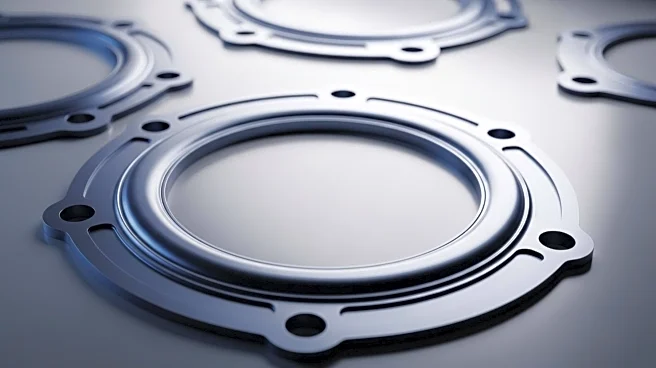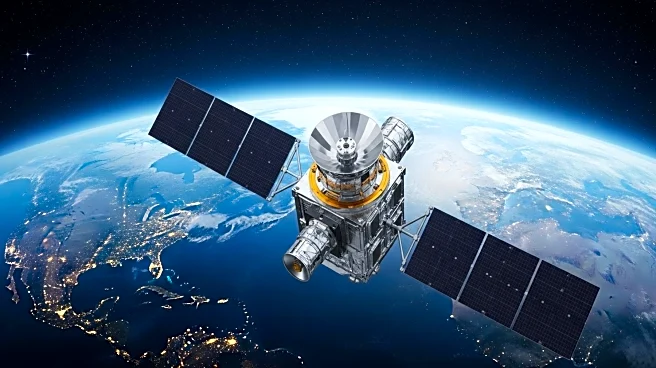What is the story about?
What's Happening?
The construction industry, known for its dynamic and hazardous environments, is exploring the integration of artificial intelligence (AI) to improve vehicle safety on sites. Vehicle-related incidents, often caused by blind spots, poor visibility, and human error, are a leading cause of injuries and fatalities in this sector. AI technologies, already successful in industries like waste management, offer tools for prevention rather than reaction. These include AI-enabled cameras, radar-assisted reversing, and in-cab monitoring systems that enhance operator awareness and response times. Despite the potential benefits, adoption in construction has been slow due to perceived high costs, complexity, and unfamiliarity with AI's proven success in other fields.
Why It's Important?
The adoption of AI in construction could significantly reduce accidents, protect lives, and improve compliance with safety standards. By shifting from reactive to preventive safety measures, AI can enhance operational efficiencies, such as route optimization and automated reporting, which directly impact the bottom line. This technological shift is crucial for an industry characterized by high risks and pressures, offering not just compliance but also competitive advantages. The integration of AI systems can streamline operations, reduce fuel use and emissions, and provide comprehensive data for informed decision-making, ultimately leading to safer and more efficient construction projects.
What's Next?
For construction firms, the next steps involve investing in AI-based solutions and integrating them into daily operations. This includes adopting real-time video analytics and operational management software to build safer and smarter business practices. As AI systems become more prevalent, construction companies will need to focus on data quality and transparency to ensure effective risk modeling and safety interventions. The industry is poised to benefit from these advancements, with forward-thinking managers already recognizing the necessity of AI for enhancing safety and efficiency on construction sites.
Beyond the Headlines
The integration of AI in construction not only addresses immediate safety concerns but also represents a broader shift towards technological innovation in the industry. This move could lead to long-term cultural changes, emphasizing the importance of data-driven decision-making and continuous improvement in safety standards. As AI becomes more embedded in construction practices, it may also influence regulatory frameworks and industry norms, setting new benchmarks for safety and operational excellence.
AI Generated Content
Do you find this article useful?
